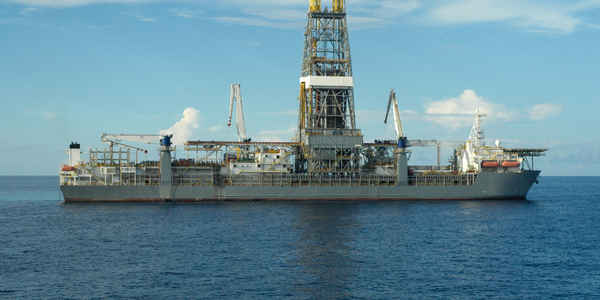Technology Category
- Application Infrastructure & Middleware - Event-Driven Application
- Sensors - Gyroscopes
Applicable Industries
- Buildings
- Marine & Shipping
Applicable Functions
- Product Research & Development
- Quality Assurance
Use Cases
- Structural Health Monitoring
- Tamper Detection
Services
- Testing & Certification
About The Customer
Assystem is a company with 50 years of experience and has become a key partner of the world's largest industrial groups including Airbus, Areva, Alstom, EDF, EADS, General Electric, MTU, Peugeot, Renault, Rolls-Royce, Safran, Thales and more. They are involved in designing and developing the products and services of tomorrow, building and ensuring the optimum use of their investments throughout the life cycle, coordinating and executing the realisation of their projects and infrastructure. Assystem's engineering teams make the difference and instil trust.
The Challenge
The challenge was to assess the capability of a ship's rudder assembly to withstand the shock loading following a nearby blast event. This was a critical task as the engineers in the Marine, Shipbuilding, and Offshore industries face many design challenges including physical space constraints, extreme weather conditions, deep water and remote locations. These constraints create an extreme environment for the engineer to develop a sound, reliable and safe operating platform. Prior to the installation of a modified design of a ship's steering gear, it was required to assess the capability of the rudder assembly to withstand the shock loading following a nearby blast event.
The Solution
To solve this problem, Assystem conducted dynamic explicit analysis using elastic-plastic material models. The mesh was produced using Altair's high performance finite element pre-processor HyperMesh, the analysis was conducted in leading structural solver RADIOSS, and the results were reviewed using post-processing tool HyperView. Multiple loading scenarios were solved to ensure that the limiting behaviour was captured. The model was verified using a combination of test cases compared to empirical solutions, by review of the in-built quality checks, and through monitoring output. In addition to strength checks, sectional forces and seal displacements were assessed. Design improvements have been implemented, based on the results of the analysis. The rudder carrier legs were strengthened to improve the bending resistance.
Operational Impact
Quantitative Benefit

Case Study missing?
Start adding your own!
Register with your work email and create a new case study profile for your business.
Related Case Studies.

Case Study
Energy Saving & Power Monitoring System
Recently a university in Taiwan was experiencing dramatic power usage increases due to its growing number of campus buildings and students. Aiming to analyze their power consumption and increase their power efficiency across 52 buildings, the university wanted to build a power management system utilizing web-based hardware and software. With these goals in mind, they contacted Advantech to help them develop their system and provide them with the means to save energy in the years to come.

Case Study
Intelligent Building Automation System and Energy Saving Solution
One of the most difficult problems facing the world is conserving energy in buildings. However, it is not easy to have a cost-effective solution to reduce energy usage in a building. One solution for saving energy is to implement an intelligent building automation system (BAS) which can be controlled according to its schedule. In Indonesia a large university with a five floor building and 22 classrooms wanted to save the amount of energy being used.

Case Study
Powering Smart Home Automation solutions with IoT for Energy conservation
Many industry leaders that offer Smart Energy Management products & solutions face challenges including:How to build a scalable platform that can automatically scale-up to on-board ‘n’ number of Smart home devicesData security, solution availability, and reliability are the other critical factors to deal withHow to create a robust common IoT platform that handles any kind of smart devicesHow to enable data management capabilities that would help in intelligent decision-making

Case Study
Drill ship power challenge: hybrid solution solves distribution issues
Aspin Kemp & Associates (AKA), a manufacturer of electrical power and control systems headquartered in Montague, PEI, encountered one with its hybrid power initiative, the first hybrid drill floor destined for installation on ultra-deepwater drill ships operated by Transocean, Swiss offshore drilling contractors. Since on-site modification was impossible and scrap recycling of any modifications was unacceptable, the enclosures had to arrive ready-to-install.

Case Study
Protecting a Stadium from Hazardous Materials Using IoT2cell's Mobility Platform
There was a need for higher security at the AT&T Stadium during the NFL draft. There was a need to ensure that nuclear radiation material was not smuggled inside the stadium. Hazmat materials could often be missed in a standard checkpoint when gaining entry into a stadium.








